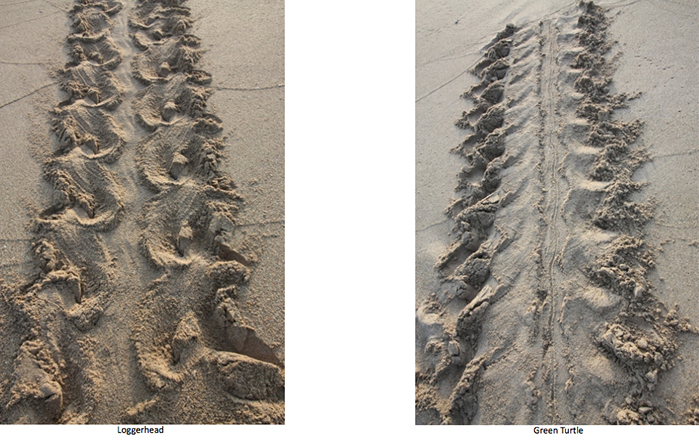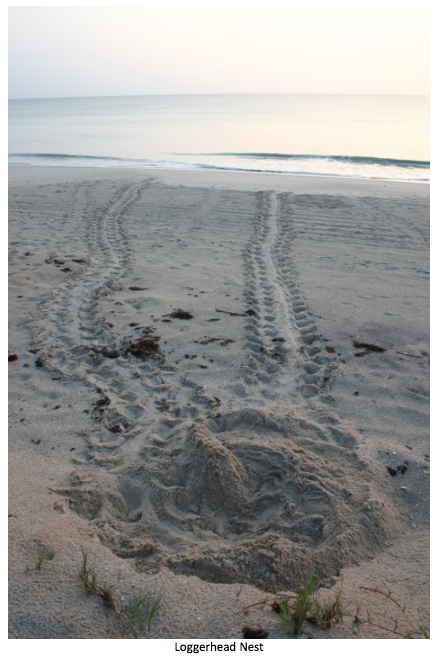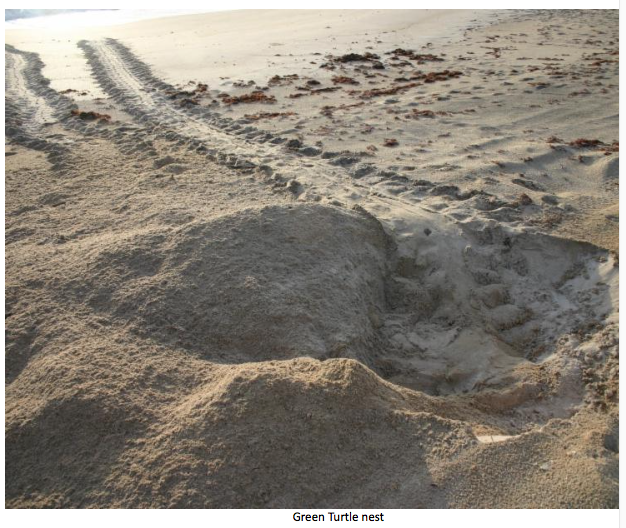Recent News
Remembering the Life of the 'Ocean Vet'Wednesday, November 12, 2014
Where do I begin? How do I find the words? How do you even begin to describe the impact that one person can have not on your own life, but on an entire country?
'Ocean Vet' Burnie dies in diving incident
Wednesday, November 12, 2014
Dr Neil Burnie, the noted veterinarian and fisherman who is well known for his research on marine species, died yesterday after running into difficulties while diving at Horseshoe Bay Beach.
Tributes to an admired custodian of the sea
Wednesday, November 12, 2014
The late veterinarian and ocean activist Dr Neil Burnie has been described as one of Bermuda’s best-loved characters and legendary custodian of the sea.
Bermuda Mourns The Loss Of Dr. Neil Burnie
Tuesday, November 11, 2014
The island is today mourning the loss of Dr. Neil Burnie, the well-known veterinarian and colourful character with an unmatched passion for Bermuda’s marine wildlife.
Staff at BAMZ respond quickly to Hurricane Gonzalo damage
Thursday, November 06, 2014
It takes a great deal of time and energy to prepare your home for an impending storm — making sure your home is secure, that you have an ample supply of food and water, and, if you have pets, making sure they are kept inside and safe.
About
GovernanceAbout Us
Newsletter
Latest News
Gift & Bookstore
Contact
General Inquiries
info@bzs.bm
Latest News
All the latest updates and news from the Bermuda Aquarium, Museum, and Zoo, one of Bermuda's leading visitor attractions!
Jennifer Gray, Bermuda Director, Bermuda Turtle Project
Are you an early riser? Do you like to walk beaches?
Be a part of our Citizen Science Volunteer Programme... take a walk and report sea turtle nesting events.
In 1870 Bermuda's Attorney General declared that there was no nesting of sea turtles in Bermuda giving us an approximate time reference for the local extinction of our nesting green turtles.
Sea turtle nesting events in Bermuda; of 1990 (Loggerhead), 2005 (Loggerhead) and 2015 (Green) give us a glimmer of hope for the future and suggest a possibility that sea turtles are nesting sporadically hidden from human eyes. All three of these nests were discovered fortuitously by observant members of our community and we encourage everyone to be aware of the tell-tale signs of sea turtle nesting and report any events to the Bermuda Turtle Project.
Historic records suggest that sea turtles in Bermuda nested between late April through June and certainly June, July and August would provide the optimal sand temperature for a sixty- day incubation period of eggs.
To identify the tracks (crawls) of a nesting sea turtle observations should be made early in the morning when they are fresh and unaltered by wind and rain. Whenever possible photographic records should be obtained. The tracks of a nesting sea turtle should emerge from the high tide mark and lead to a disturbed area of sand at the back of a beach with another track returning to the sea. Loggerhead tracks are approximately three feet wide while Green Turtle tracks are typically four feet wide.

Photos: Sea Florida Fish & Wildlife Conservation Commission


Hatchlings emerging from a nest may not leave clear tracks depending on the type of sand and wind conditions but when they do many small tracks from the nest to the sea may be observed. These should not be confused with the tracks of a hermit crab. If there are bright lights the vicinity of the beach hatchlings may become disoriented and have trouble finding the ocean.
Tracks from disoriented hatchlings.
Their tracks should lead straight to the sea. Hermit Crab tracks

Photo: Sea Turtle Conservancy
Help us understand the status of sea turtle nesting by reporting any tracks or nesting events to the Bermuda Turtle Project by calling (441) 332-2966.


